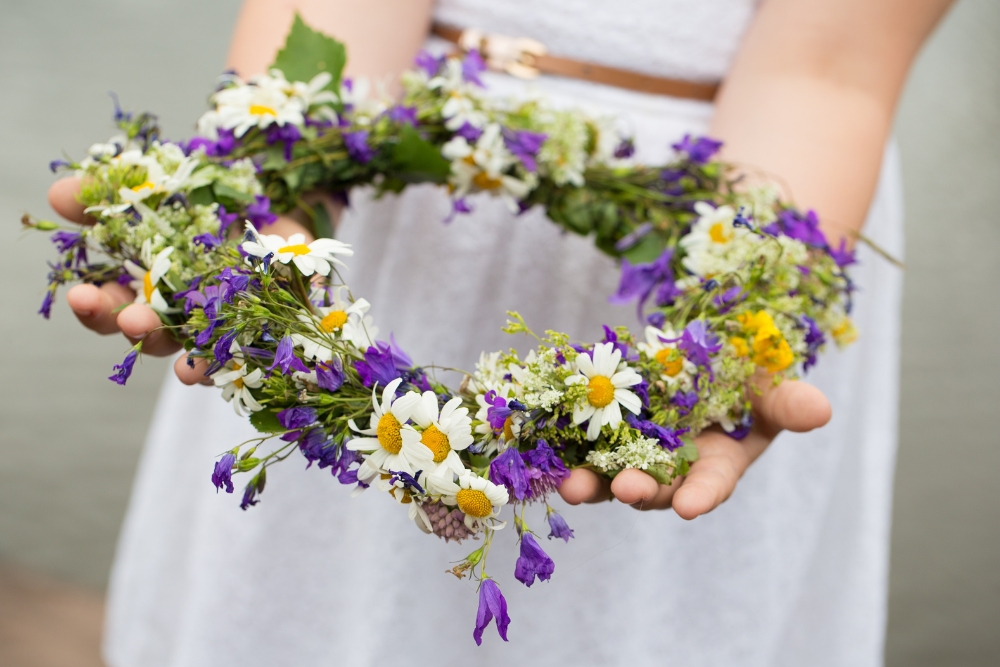Midsummer in Sweden is one of the most anticipated celebrations of the year, deeply rooted in tradition and filled with joy, music, and community spirit. Marking the summer solstice, this event is a tribute to nature, light, and Swedish heritage. Let’s explore the essence of this beloved holiday and what makes it so special.
1. The Significance of Midsummer
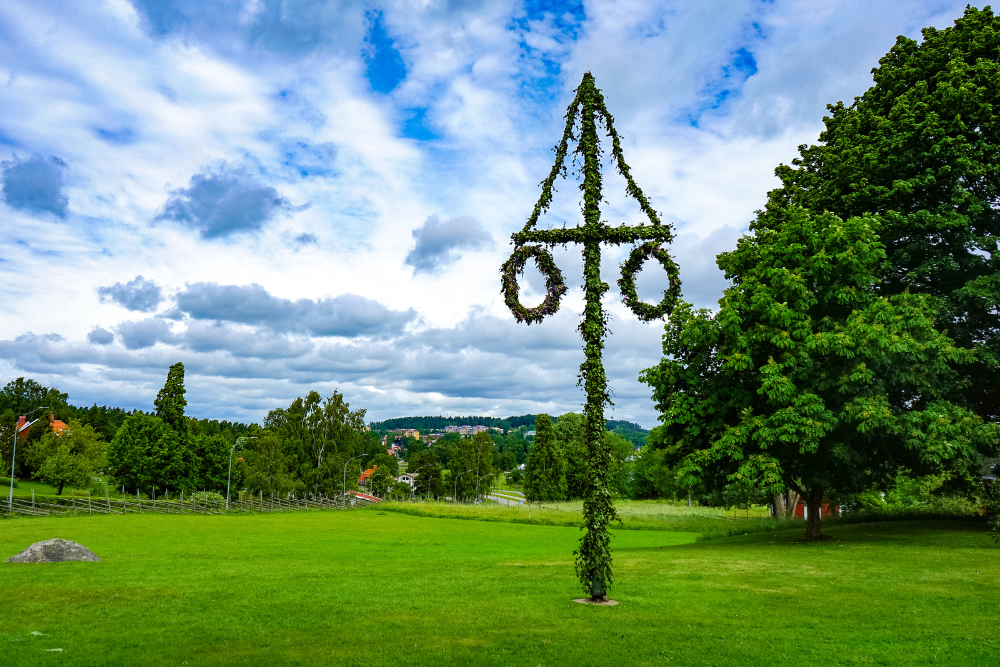
Midsummer’s roots trace back to ancient pagan rituals celebrating fertility and the arrival of the summer solstice. Today, it remains a significant cultural event symbolizing the peak of summer and a connection to nature.
- Date: Celebrated on the Friday closest to June 24th.
- Historical Roots: Pagan traditions honoring the sun and its life-giving energy.
- Modern Importance: A time for family, friends, and communities to come together.
2. The Maypole: A Symbol of Unity

At the heart of every Midsummer celebration is the maypole (“mångårdsstång”), a tall pole decorated with flowers and greenery.
- Raising the Maypole: Communities gather to decorate and raise the pole, often accompanied by folk songs and laughter.
- Traditional Dances: People dance around the maypole, performing routines like the famous “Små Grodorna” (“The Little Frogs”), a playful and iconic part of the festivities.
- Symbolism: The maypole represents growth, renewal, and community spirit.
3. Traditional Midsummer Feast
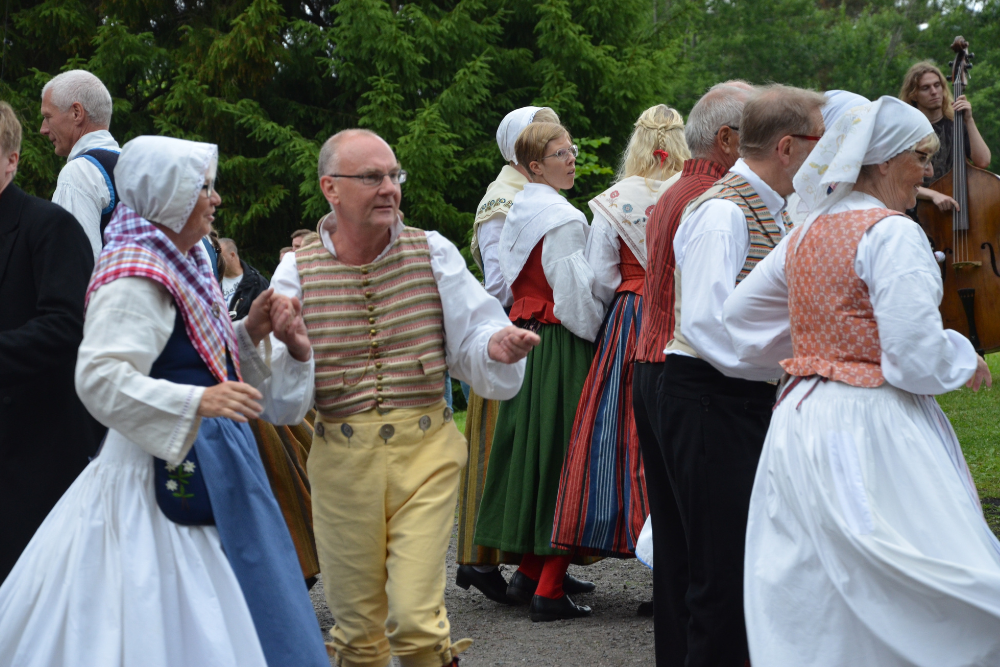
The Midsummer table is a feast for the senses, featuring seasonal and traditional Swedish dishes.
- Key Dishes:
- Pickled herring (“sill”) served with boiled potatoes, sour cream, and chives.
- Grilled salmon and other fresh seafood.
- Crispbread and Västerbotten cheese.
- Dessert Highlight: Strawberry cake (“jordgubbstårta”) topped with fresh cream and berries.
- Accompaniments: A selection of flavored schnapps, accompanied by lively drinking songs (“snapsvisor”).
4. Flower Crowns and Folklore
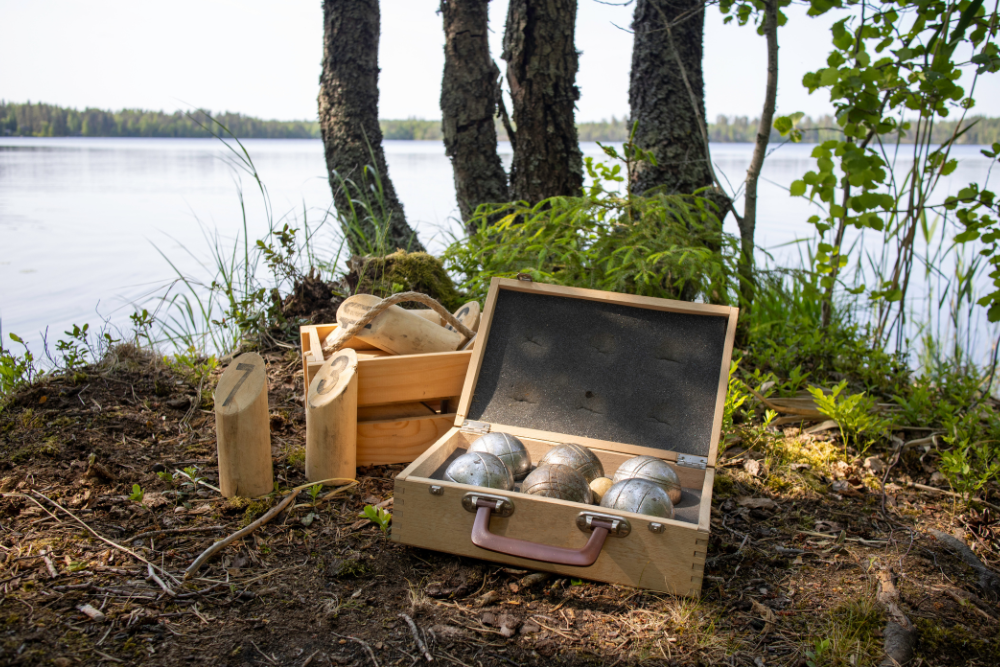
Flower crowns are a quintessential part of Midsummer, worn by people of all ages as a nod to nature and tradition.
- Making Flower Crowns: Participants create their own crowns using freshly picked flowers and greenery.
- Folklore Traditions:
- Collect seven types of flowers and place them under your pillow to dream of your future spouse.
- Beliefs about the magical properties of plants and the heightened connection between humans and nature on Midsummer night.
5. Celebrating Outdoors: Embracing Nature
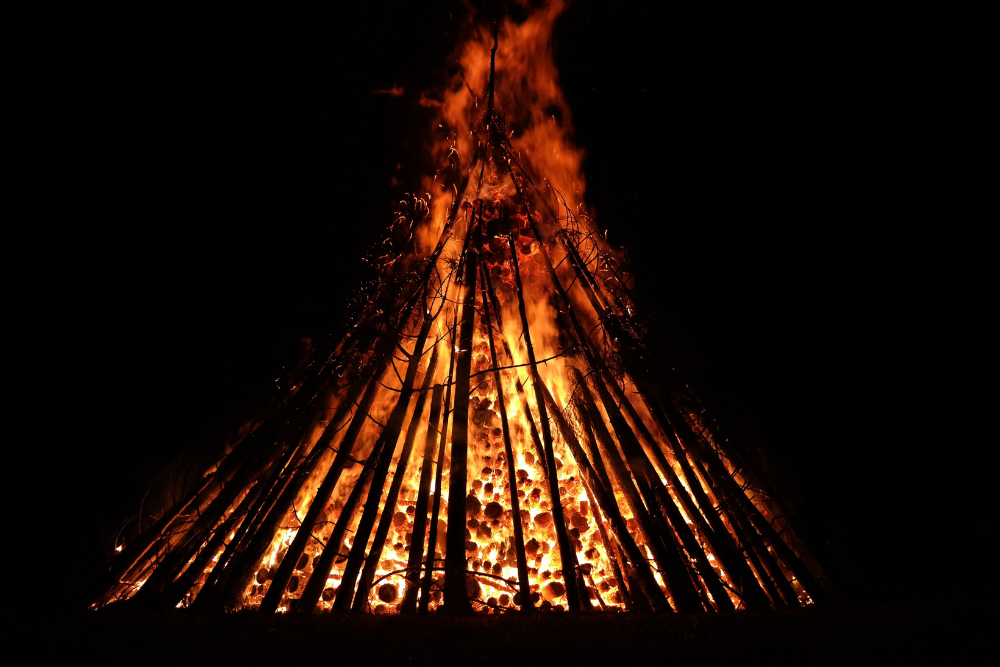
Midsummer is primarily an outdoor celebration, taking full advantage of Sweden’s natural beauty and long daylight hours.
- Outdoor Venues: Celebrations are often held in open fields, by lakes, or in gardens.
- Games and Activities: Popular activities include tug-of-war, sack races, and other fun games for all ages.
- The Midnight Sun: In northern Sweden, the sun barely sets, adding a magical atmosphere to the festivities.
Conclusion
Midsummer in Sweden is more than just a celebration; it’s a cherished tradition that brings people closer to nature, community, and their cultural roots. From dancing around the maypole to feasting on delicious traditional dishes, the holiday is a vibrant expression of joy and togetherness. Whether you’re a local or a visitor, experiencing Midsummer in Sweden is a memorable way to connect with the country’s rich heritage and natural beauty.



